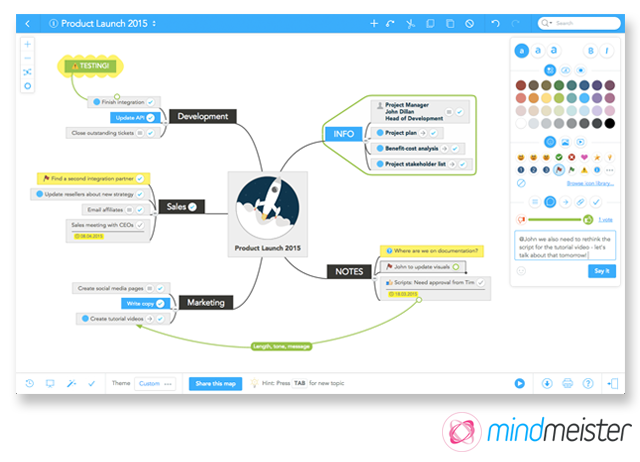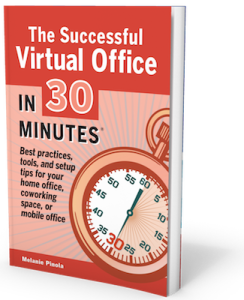A virtual team can be as small as two people, or it may be a large, dispersed organization scattered across multiple time zones and countries. Virtual teams can be temporary in nature, lasting only as long as the project at hand, or they can be resilient, lasting for years and evolving with the growth of the mission or the business. If you are organizing a virtual team for your employer, you will need to establish a remote work policy. This blog post has some tips for getting started.
Shifting from an office-based team to a virtual one or starting a virtual team from scratch requires different ways of working together. It also requires a new mindset for all involved — and support from management to create or sustain a culture that keeps all workers engaged.
Practically speaking, getting your company to move from the antiquated in-office setting to the 21st century virtual workspace isn’t as easy as just sending everyone home. Here are a few tools to help:
Rideshare offers a telework guide (PDF) with handy cost/analysis forms, sample policies and agreements, and forms to evaluate a remote work location, supervise a teleworker, and more. Similarly, the United States Department of Labor offers a “Workplace Flexibility Toolkit” full of resources for employers and employees.
Other resources mentioned here, with an insider view of managing dispersed teams and creating a workplace culture: Buffer’s Open blog and Remote: Office Not Required by Jason Fried.
For additional information, check out Chapter 3 of my book, which covers the socio-cultural issues of working in a virtual team. In addition, the introduction of The Successful Virtual Office In 30 Minutes contains a chart that shows some of the potential cost savings for employees, depending on how many days they work remotely as well as the typical length of their commutes.



